What are "hungry stones" and why did people cry when they saw them
Categories: Ecology | Europe | History
By Pictolic https://pictolic.com/article/what-are-hungry-stones-and-why-did-people-cry-when-they-saw-them.htmlTo find out about the upcoming disasters, people have long resorted to fortune-telling or to the services of various predictors. Of course, the accuracy of such forecasts was low. But there were also fairly accurate ways to find out about the upcoming cataclysms. For example, drought and crop failure in Europe up to the beginning of the 20th century helped predict the "hungry stones".
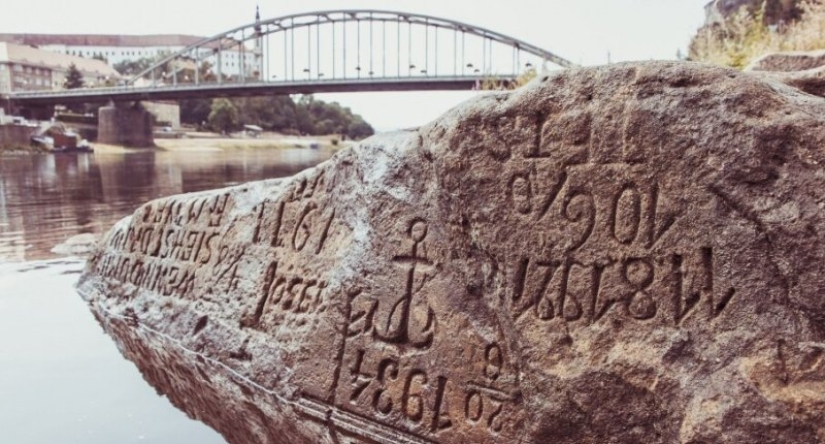
In medieval Europe, a "hungry stone" was a large stone block located in a river. There were inscriptions on the stone warning of drought, crop failure and famine. Usually the block was in the water and it was not visible. But with the lowering of the level, the formidable inscription gradually appeared from the abyss.
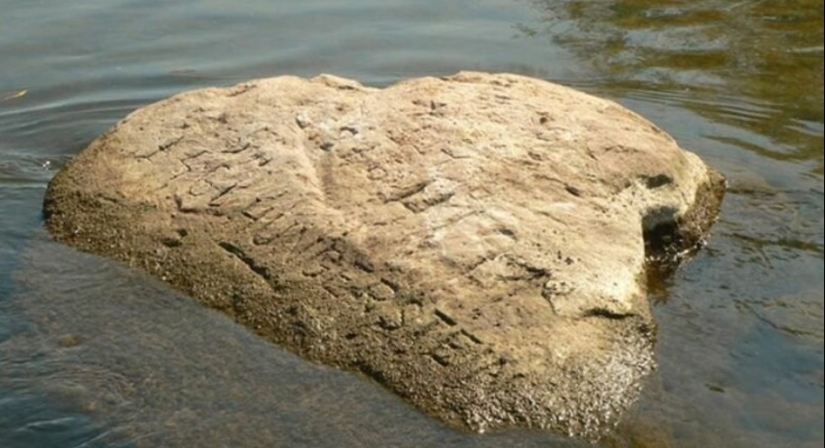
"When you see me, cry," was the inscription on one of these stones. The lowering of the water in the river indicated that the season would be dry, the harvest would be poor, and prices would be high. In the Middle Ages, this meant not just a difficult period, but mass starvation and many deaths.
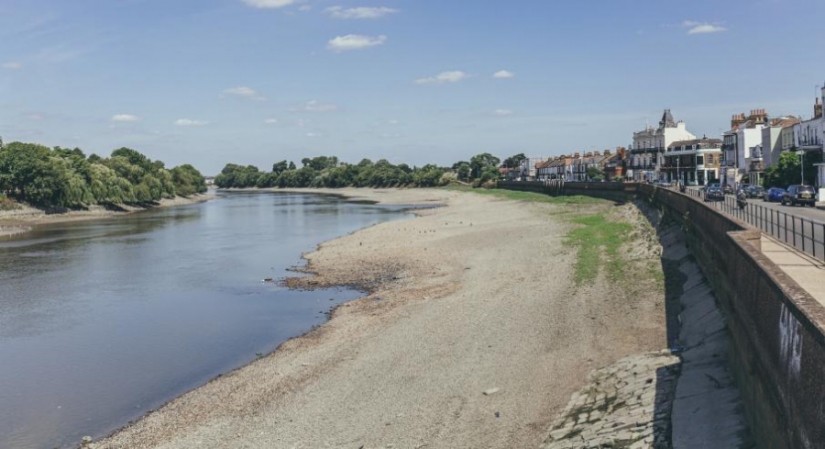
Such stones are found all over Europe. They are in Germany, Austria, the Czech Republic, France. On each of them, in addition to the warning, a chronicle of human suffering is carved. The inscription on the stone was made during the period when the water level was as low as possible. After the riverbed was filled with water again, the stone disappeared. When he appeared again, the date and sometimes brief information about the next disaster were carved on it.
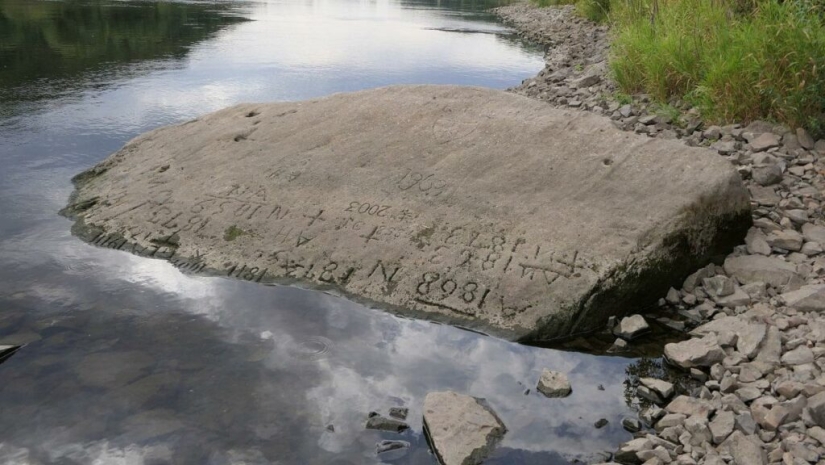
One of the largest rivers in Europe is the Elbe. Its length is about 1000 km, and the river flows through the Czech Republic and Germany. In the Middle Ages, the waterway played a huge role in the life of the region. Many rivers, streams and channels are connected with the Elbe and without its water, agriculture would be simply impossible in these parts.
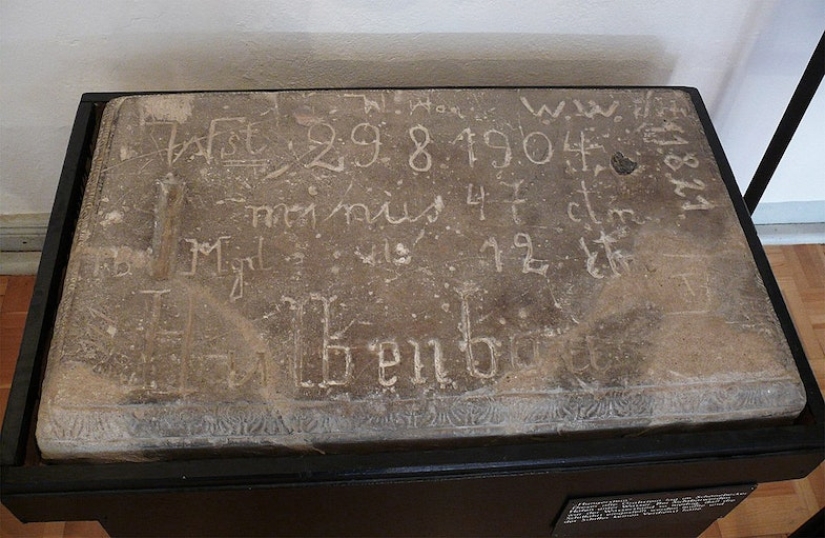
There is nothing strange in the fact that it is on the Elbe that the most "hungry stones" are located. The oldest discovered to date dates back to 1616. It is on this boulder that the legendary phrase is carved, which in the original looks like this: "Wenn du mich siehst, dann weine" (Cry if you see me, cry).
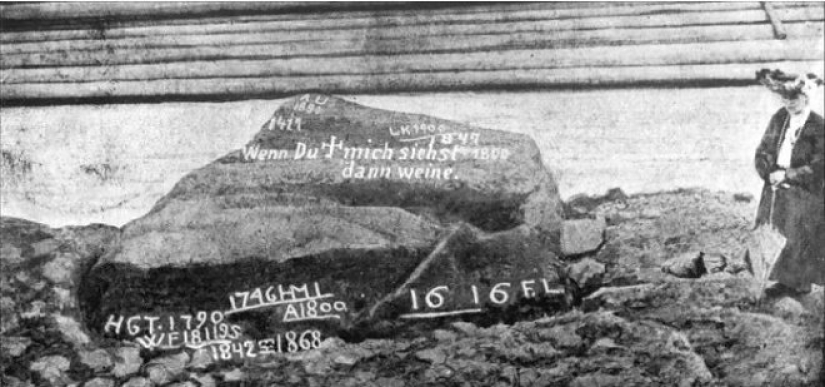
In other rivers of Germany and the Czech Republic there are also more ancient stones with inscriptions. The dates on them speak of droughts that occurred in 1417, 1616, 1707, 1746, 1790, 1800, 1811, 1830, 1842, 1868, 1892, 1893, 1900 years. One of the most recent dates on the "hungry stone" is 1918. This means that the block appeared out of the water in the First World War. Then a very dry spring and summer were added to the devastation and mass deaths, which gave rise to a crop failure. The beginning of the 20th century was generally rich in disasters. The drought of 1921 caused a famine that killed hundreds of thousands of lives.
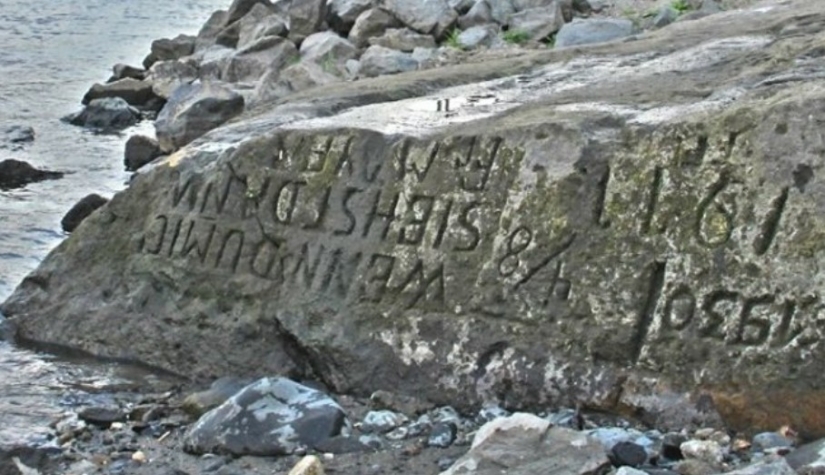
Now the appearance of "hunger stones" does not cause people to cry. But few people can look at these tragic reminders without emotion. There are thousands of human lives behind each such inscription. Therefore, the appearance of a stone with dates in the Czech city of Decin in 2018 was an event. No one remembered when the stone was seen before and journalists, bloggers and just tourists were drawn to the shore.
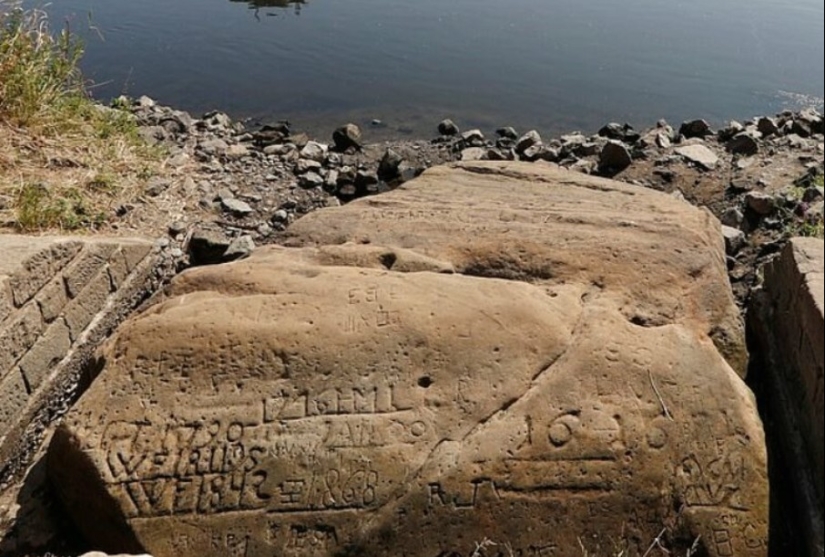
Scientists carefully study the reminders from the "stones of hunger" and compare them with the chronicles. Thus, information was obtained about the largest droughts in Europe, which were compared with modern ones. It turned out that in the Middle Ages dry periods happened more often than in our days. But at the same time, modern droughts are characterized by longer duration and higher temperatures. Fortunately, the level of development of society and globalization do not allow people in drought-stricken areas of Europe to starve and, moreover, to die.
Recent articles

Most of us think that the color of the eggshell does not play any role and it is possible not to pay attention. But it's not and ...

The more we rely on technology, the more potential power hackers gain over us. It doesn't matter if their goal is to help or cause ...

Creating a good portrait is one of the most difficult tasks for any photographer. In order to make a really natural and memorable ...